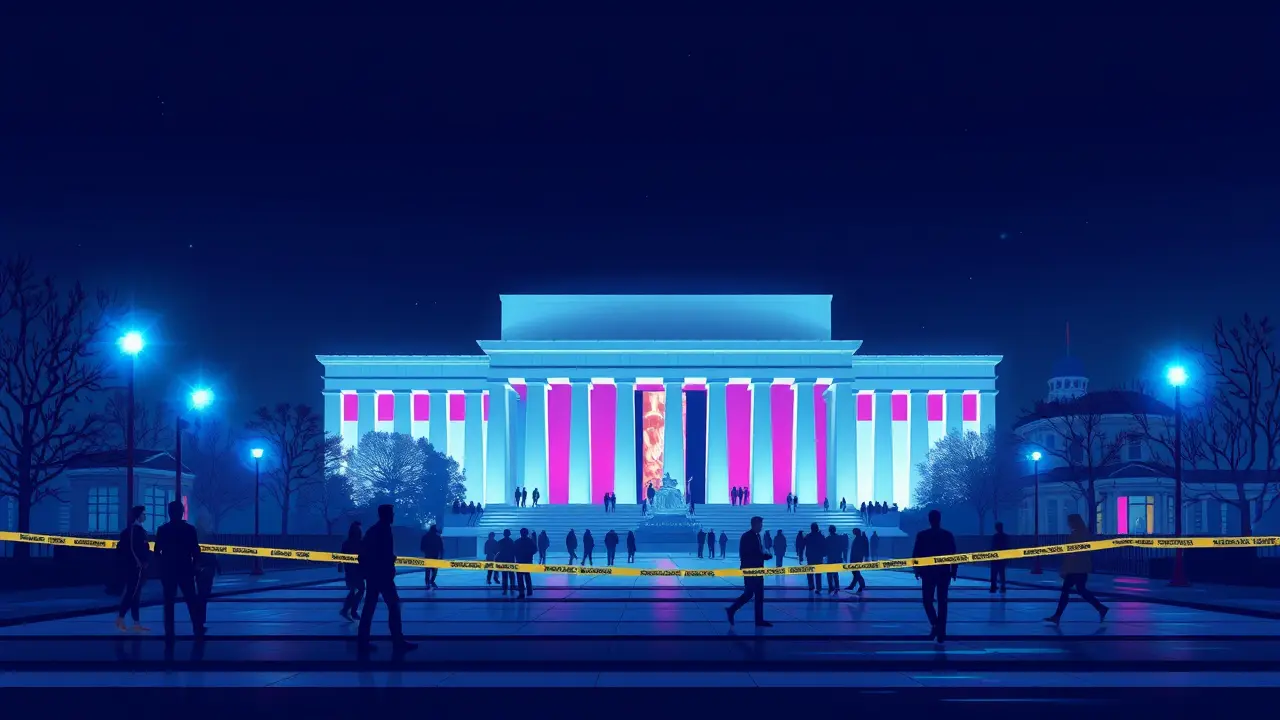Teenager Shot Near Smithsonian Air and Space Museum
The sharp crack of gunfire shattered the afternoon calm on Friday, sending immediate shockwaves through the National Mall and triggering a rapid, multi-agency police response to a scene situated a mere six minutes' walk from the main entrance of the Smithsonian's Air and Space Museum. This is not a distant crime statistic; this is a violent eruption in the very heart of the nation's capital, a stone's throw from monuments that symbolize American achievement and aspiration.Initial, fragmented reports from law enforcement scanners and eyewitness accounts describe a chaotic scene: a teenager, whose identity remains protected, was struck and subsequently transported to a local trauma center in critical condition. The immediate perimeter, typically thronged with tourists marveling at the Wright brothers' flyer and the Apollo 11 command module, was instantly transformed into a hardened crime scene, cordoned off with yellow tape as officers secured the area and began the urgent search for suspects and shell casings.This incident cannot be viewed in isolation. It represents a critical data point in a deeply troubling trend of escalating youth violence and the alarming proliferation of firearms in urban centers, raising urgent questions about public safety protocols in high-density tourist zones.Just last quarter, the D. C.Metropolitan Police Department's own crime statistics highlighted a double-digit percentage increase in violent crimes involving juveniles, a grim backdrop that gives this single shooting a much heavier, more systemic weight. The strategic implications are profound: the National Mall is not just a collection of buildings; it is a symbol of national pride and security.An attack here, regardless of the specific motive, is an attack on a perceived safe space, challenging the efficacy of surveillance, patrol density, and community intervention strategies in the most publicly visible arena possible. We must now await the crucial briefing from the MPD's Public Information Officer, which will hopefully provide clarity on the victim's condition, potential suspects in custody, and the precise sequence of events.The aftermath will undoubtedly involve a forensic deep-dive, reviewing every camera feed from the museum's extensive security apparatus and nearby businesses, while federal partners from the Park Police and possibly the FBI liaise, given the location's federal jurisdiction. For the families visiting that day, the memory of a educational outing is now irrevocably marred by the sound of sirens and the sight of a medical helicopter.The broader consequence is a chilling one: a further erosion of public trust in the safety of our shared civic spaces. This is a developing situation, and the full narrative is still being written by investigators on the ground.
It’s quiet here...Start the conversation by leaving the first comment.
© 2025 Outpoll Service LTD. All rights reserved.
